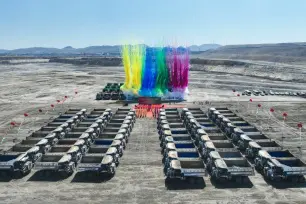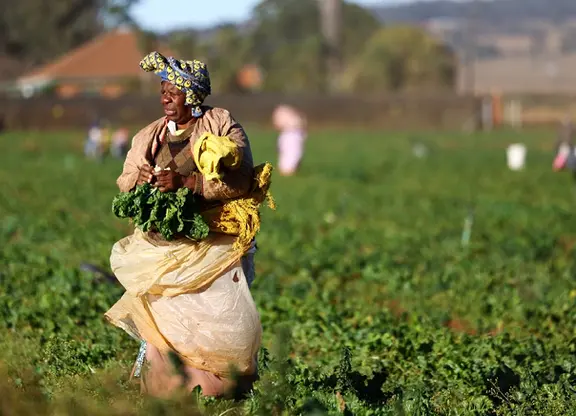Luxury goods maker LVMH hopes to be well on its way to remedying its cognac shortage two years from now, billionaire boss Bernard Arnault said on Wednesday, as its Hennessy label struggles to keep up with demand in the US.
Sales at Hennessy, one of LVMH’s big revenue drivers, are set to grow at a much more muted pace over the coming quarters as it grapples with low stocks and production problems, including hail and frost that hurt recent harvests.
With no quick fixes likely – cognac is a double-distilled spirit that needs to be aged for at last two years – Hennessy is tackling production constraints with an eye on the longer term, by planting more grapes, Arnault said.
"There is land within the area which is not being used," Arnault, LVMH’s chairman and chief executive, told journalists at a new Hennessy bottling plant near the city of Cognac, on the banks of the Charente river in western France. The label works with 1,600 winegrowers there.
"We have a bottle shortage, given the success of our products across the Atlantic and in China," he said.
The acquisitive businessman – whose sprawling LVMH group, the world’s biggest luxury goods producer, includes fashion houses such as Louis Vuitton and champagne label Moet & Chandon – ruled out buying up rival cognac makers to fix shortages.
Hennessy is looking to produce more of its lower-end "VS" stocks for the US, the world’s biggest cognac importer where the spirit is a popular base for cocktails.
Cognac has also shed its fusty image to become a hit with rap musicians.
"We will try to boost the product for which we have the greatest demand to satisfy ... I’m certain that in a year or two we can do it," Arnault said.
The new 100 million-euro (118 million US dollars) plant will lift Hennessy’s annual production capacity from 2019-20 onwards to 10 million crates of Cognac bottles, up from seven million now.
Sales at LVMH’s wine and spirits unit grew 4 percent on a comparable basis in the third quarter from a year ago, down from growth of 6 percent three months earlier.
(REUTERES)
 简体中文
简体中文












